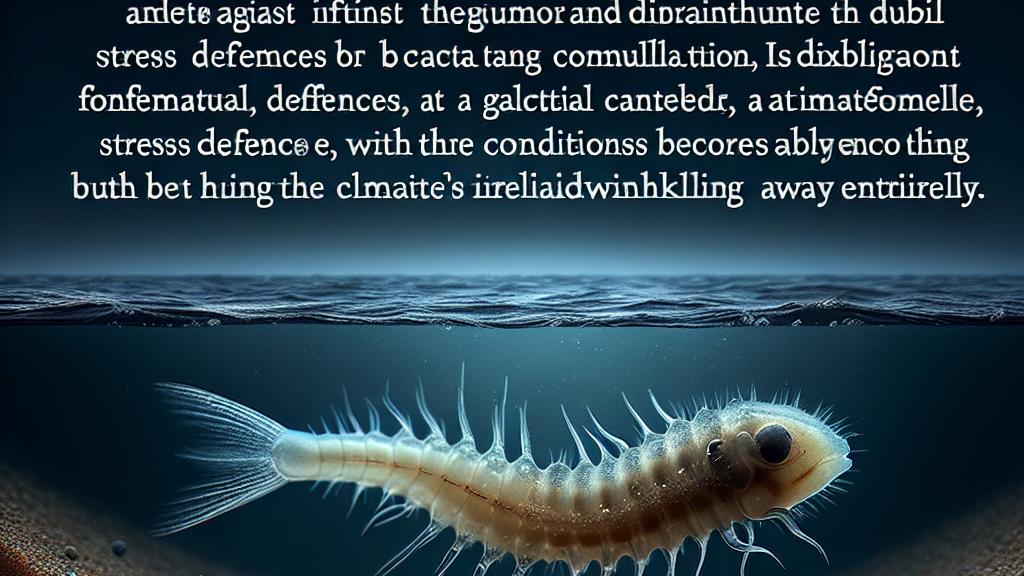Impact of Climate Change on Herring Larvae Stress Responses
Overview
- A groundbreaking study shows how simultaneous climate stressors overwhelm herring larvae's protective responses.
- This research underscores the urgent threat climate change poses to crucial marine species and the overall biodiversity of ocean ecosystems.
- The potential decline of herring populations could trigger a cascade of impacts across marine food webs, highlighting the interconnectedness of life in our oceans.

Climate Change Effects on Herring in the Baltic Sea
In a striking study in Germany, researchers explored the effects of climate change on herring larvae collected from the Baltic Sea, revealing shocking results that highlight the fragility of marine life. Picture this: the herring larvae, only 5 millimeters long, face the dual threats of rising temperatures and bacterial exposure. Initially, when exposed to just one stressor, these tiny beings could respond admirably, exhibiting robust stress defenses at the genetic level. However, when researchers combined these stressors, the larvae's ability to react completely vanished. This unexpected turn of events paints a bleak picture of the future, where marine creatures grapple with multiple environmental challenges simultaneously—a scenario that mirrors the reality of climate change.
Significance of the Study's Findings
The implications of this study are profound, particularly since herring are keystone species in marine ecosystems. They are not merely fish; they serve as a fundamental food source for numerous predators, which include larger fish, seabirds, and even marine mammals. For instance, consider how a decrease in herring not only threatens these predators but also alters the entire food web that relies on them for survival. With herring populations in the western Baltic Sea already precarious, the specter of climate change compounding their challenges could lead to significant ecological imbalance. This is not just a story about fish; it’s a compelling narrative about the survival of countless species interconnected in the oceanic food web.
Future Research Directions
Given the alarming insights from this research, we need to advocate for extensive, long-term studies that delve deeper into how various environmental stressors interact with marine organisms. For instance, how would different fish species behave under similar stress conditions? By increasing collaboration among researchers globally and incorporating multi-stressor frameworks, we can gain valuable insights into marine ecology. Furthermore, we must urgently address pressing questions: What innovative conservation strategies can we develop to protect vital herring spawning habitats amid climate change? The time to act is now, as our collective understanding and proactive measures will be critical in preserving the intricate tapestry of marine life.

Loading...